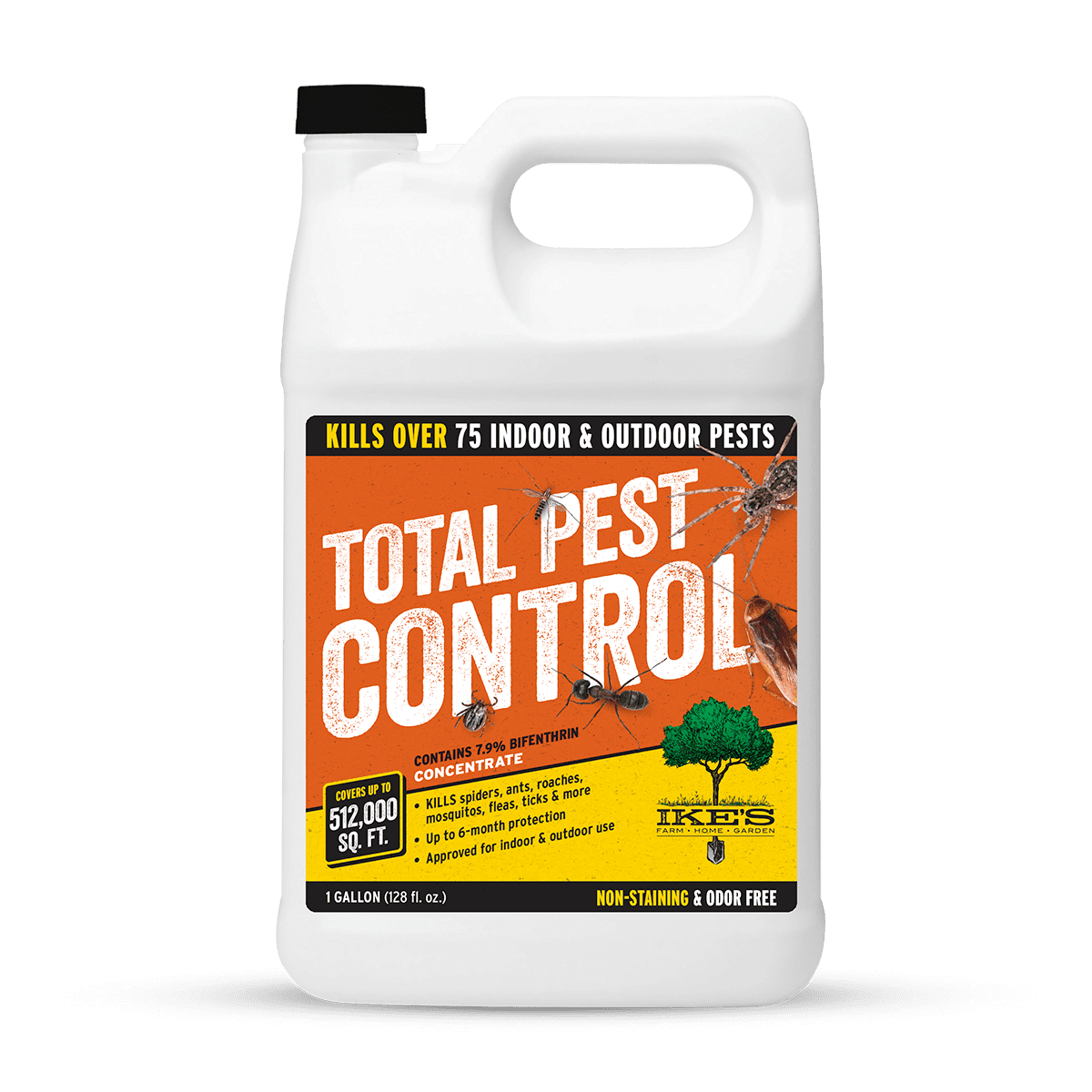Mastering the Art of Parasite Control: Proven Techniques for Long-Term Prevention and Obliteration
Bug infestations can be a relentless challenge for house owners and organizations alike, requiring a calculated approach to efficiently take care of and eliminate these undesirable trespassers. By grasping the art of pest control via proven methods for long-lasting prevention and elimination, one can establish a proactive protection against prospective risks. Comprehending the habits of parasites, executing integrated parasite administration methods, and utilizing all-natural remedies are simply a couple of vital parts important to accomplishing lasting success in this venture. Nevertheless, the complexities of preserving cleanliness, conducting routine evaluations, and thorough tracking play equally essential functions in sustaining a pest-free setting. As the fight against pests remains to evolve, taking on an extensive technique ends up being critical in safeguarding your property from prospective damage.
Recognizing Insect Habits
To efficiently carry out pest control methods, it is necessary to comprehend the elaborate habits displayed by various insects in various environments. Understanding parasite habits is a fundamental aspect of creating effective insect management strategies. Each pest species has unique behaviors and choices that affect their feeding, breeding, and activity patterns. By examining these behaviors, bug control specialists can recognize the most weak spots in the insect's life cycle to target treatments better.
Understanding this, insect control professionals can focus on securing entrance factors and eliminating food attractants to prevent these parasites. By resolving dampness issues and sealing crevices and splits, infestations can be considerably minimized.
Executing Integrated Parasite Monitoring
Executing Integrated Parasite Management involves using an all natural approach to deal with pest problems by combining numerous control methods and strategies. This approach emphasizes prevention, surveillance, and control of bugs via a mix of biological, social, physical, and chemical treatments. By integrating several techniques, Integrated Bug Monitoring (IPM) intends to lessen making use of pesticides while properly managing pest populaces.
One key aspect of IPM is determining the certain bug issue and comprehending its habits and life cycle. This expertise helps in identifying the most proper control measures to carry out. Avoidance is likewise a basic concept of IPM, concentrating on getting rid of variables that draw in bugs, such as food, sanctuary, and water. Routine surveillance and inspection are necessary to discover insect invasions early and prevent them from rising.
Furthermore, IPM advertises making use of eco-friendly and sustainable bug control methods to minimize damage to non-target microorganisms and the surrounding environment - a1 bed bugs exterminator portland. By taking on an Integrated Insect Administration approach, companies and people can efficiently handle insects while decreasing reliance on chemical pesticides
Making Use Of All-natural Solutions
Building upon the structure of Integrated Bug Monitoring, a change in the direction of making use of natural solutions offers an eco-friendly approach to pest control. Natural solutions harness the power of nature to hinder and get rid of bugs without using severe chemicals that can hurt the atmosphere, human beings, and useful microorganisms.

In addition, growing pest-repelling plants like marigolds, lavender, and mint around homes and yards can assist prevent insects naturally. These plants discharge smells that bugs locate undesirable, driving them away without the need for chemical intervention.
Maintaining Tidiness and Hygiene

Applying a routine cleaning schedule and making sure all participants of the family or staff members are enlightened on proper hygiene practices can go a long way in insect prevention. By keeping cleanliness and health criteria, the setting becomes much less hospitable to click now pests, ultimately sustaining lasting parasite control initiatives.
Normal Examinations and Surveillance
Normal examinations and keeping an eye on play a critical duty in proactively identifying and attending to prospective insect issues prior to they rise. By performing routine evaluations of both the interior and exterior of a residential property, bug control experts can spot early indicators of invasions, parasite entry factors, and problems conducive to pest task. Tracking involves making use of traps, baits, and various other tools to track pest task levels and varieties existing on the premises. This data is important important link for determining one of the most efficient therapy techniques and reviewing the success of pest control methods with time.
Regular monitoring enables for the very early discovery of pest troubles, enabling swift treatment to avoid extensive invasions that can be challenging and costly to remove. In addition, routine examinations and monitoring help to comply with regulatory requirements and keep a secure, pest-free environment for owners. Implementing a positive method through routine examinations and tracking is a cornerstone of reliable bug administration, supplying assurance and lasting defense versus insect risks.
Conclusion
To conclude, grasping the art of parasite control includes understanding bug habits, implementing integrated bug administration, utilizing all-natural solutions, keeping cleanliness and health, and conducting normal examinations and surveillance. By following these tested techniques for lasting prevention and obliteration, individuals can properly handle pest invasions and develop a much healthier and safer atmosphere for themselves and their environments.
To properly execute insect control methods, it is vital to understand the detailed actions showed by various pests in various settings (a1 portland bed bug exterminator). By researching these habits, pest control specialists can recognize the most prone points in the parasite's life cycle blog to target treatments much more efficiently
Implementing Integrated Bug Administration involves making use of an all natural strategy to attend to bug problems by combining different control methods and methods. By preserving sanitation and hygiene criteria, the environment ends up being less welcoming to bugs, ultimately supporting lasting parasite control efforts.
By conducting routine evaluations of both the inside and outside of a property, pest control experts can identify very early signs of invasions, insect access factors, and problems conducive to bug activity.